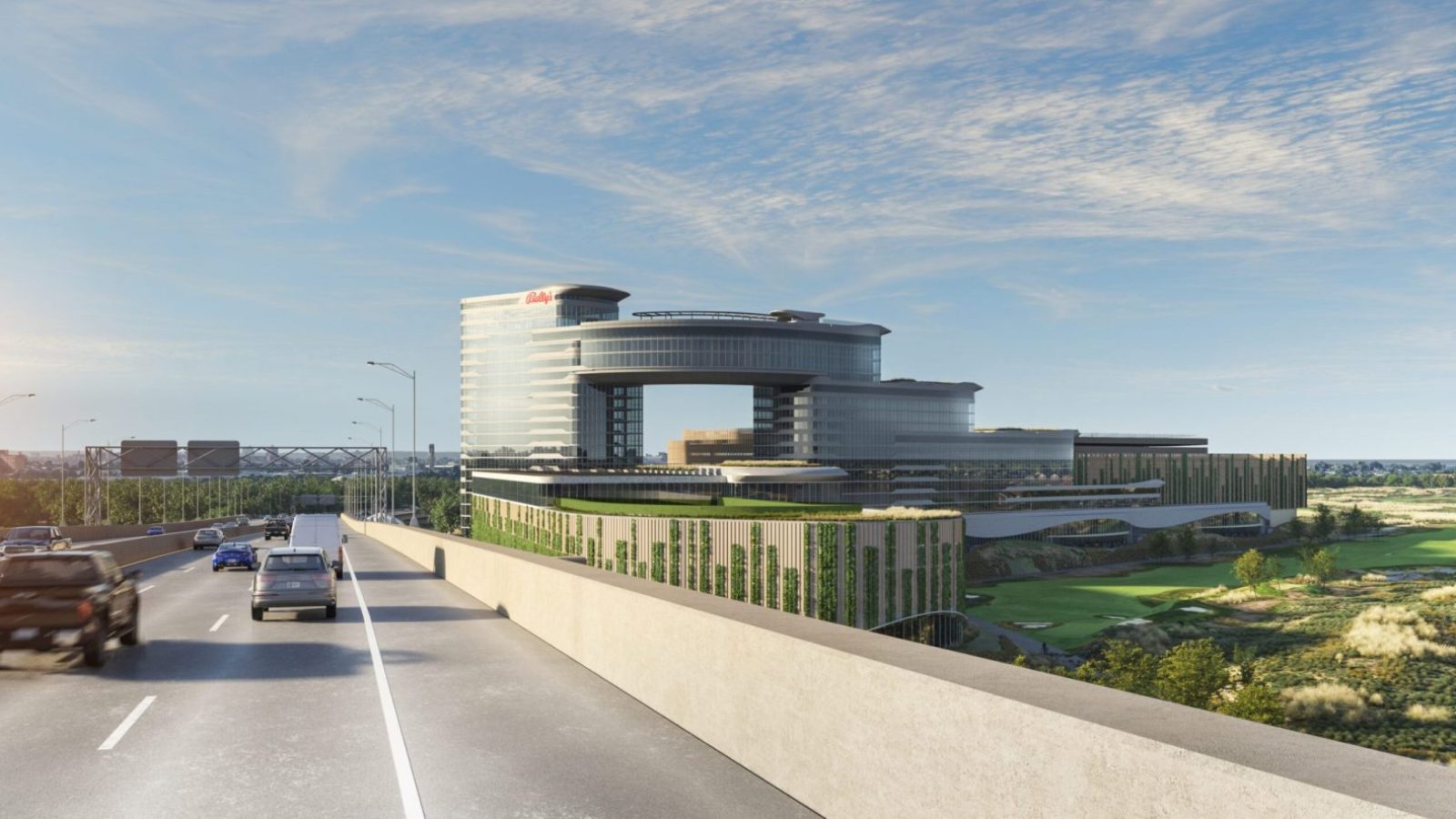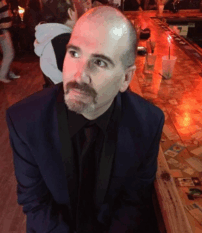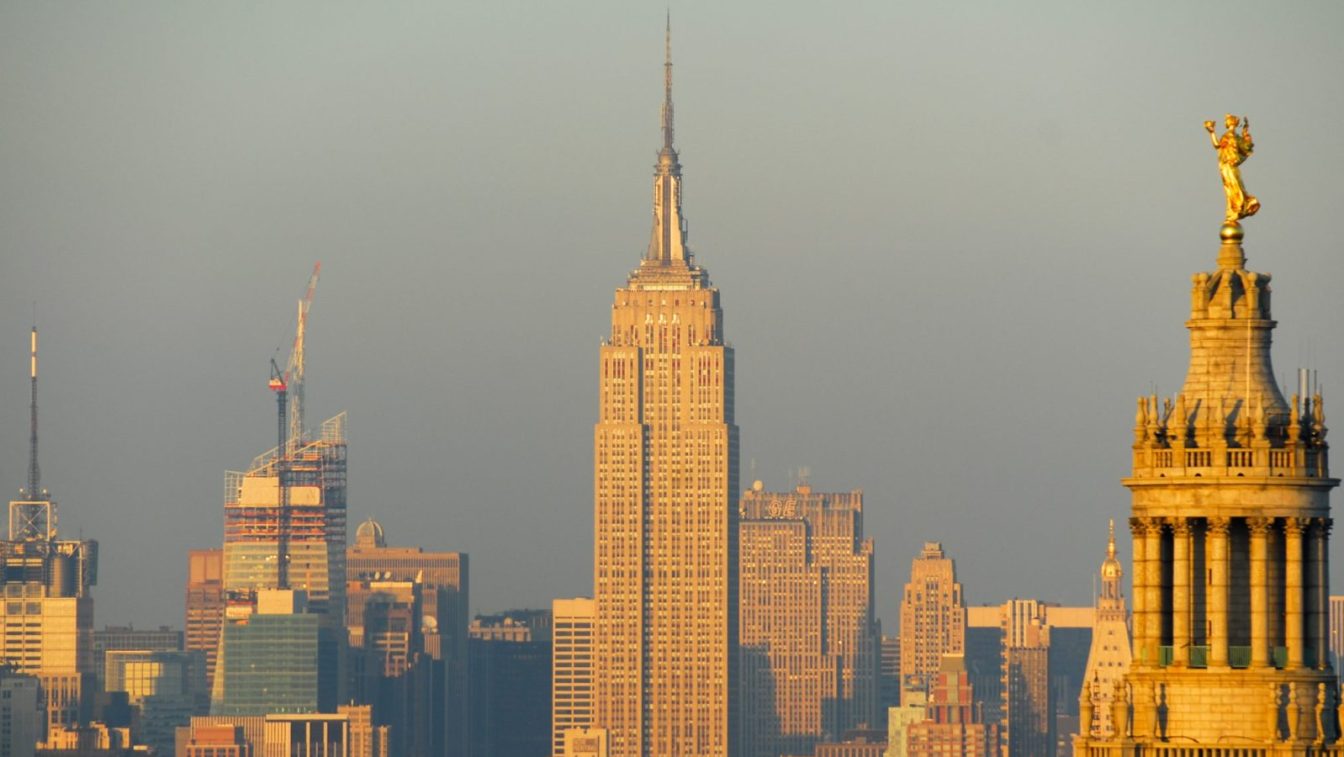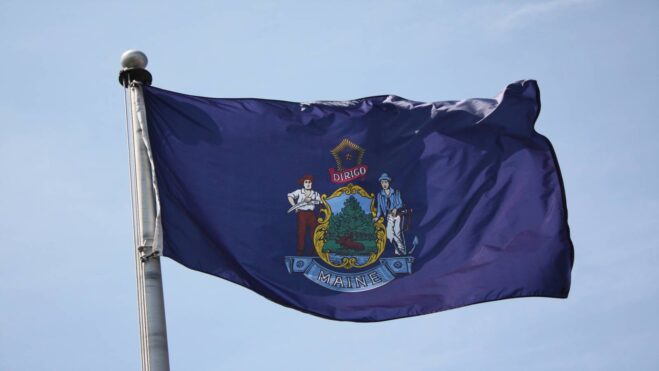Longshot Bally’s Makes Formal Pitch For A Bronx Casino
Operator bidding to have casinos in two of the three largest US cities
3 min

Bally’s became the eighth and final applicant for a downstate New York casino license to make its pitch to a Committee Advisory Committee (CAC) on Friday, touting its $4 billion proposed project at Ferry Point.
The presentation, led by Bally’s Chairman Soo Kim, focused largely on potential community benefits, which included a projected 15,000 construction jobs and 4,000 casino positions. Bally’s pledged a fully unionized labor force, $75 million worth of transportation upgrades, $10 million annually earmarked for a Bronx-based community fund based on 1% of gaming revenue, and a “nine-figure investment” to upgrade existing parklands at Ferry Point.
Bally’s is considered a longshot among the eight applicants to be awarded one of the three $500 million licenses from the New York State Gaming Commission. It has been a battle even getting to this point as it twice needed New York City Mayor Eric Adams to intervene to assure it could move forward in the application process.
The CAC requires a two-thirds majority — four votes — to advance the applicant to the New York Gaming Facility Board by Sept. 30. Should it fail to hold a vote by that date, the applicant is deemed rejected. The board would then make its selections for the licenses Dec. 1, which would be followed by the commission license consideration before the end of the year.
Visions of an integrated casino resort
The Bally’s casino components would be built on 16 acres of the 222-acre land that is currently a golf course once owned by President Donald Trump. Kim said their exterior aesthetic vision for the casino plays into the links-style golf course and would be seen from two major thoroughfares as well as planes making their descent into LaGuardia International Airport.
The two thoroughfares — the Throgs Neck and the Whitestone — play directly into Bally’s plans as Kim noted 40 million cars use the two highways annually. He believes that getting five million of those cars to Bally’s — which has direct access from the highway — would help the company meet its stated goal of $1 billion in annual revenue and potentially reach $1.3 billion at full maturation.
Bally’s Senior Vice President of Corporate Development Christopher Jewett discussed the nuts and bolts of the project. Beyond the casino, there would also be two parking structures capable of holding 4,600 vehicles and a 507-room hotel with 20% of those comprised of suites.
Those suites would have views of the Manhattan skyline or East River depending on direction. The events center would have a 2,000-person capacity, and there would be 200,000 square feet of gaming space for 3,500 slots, 200 table games, and dedicated baccarat and poker rooms.
Impacting the community
Bally’s said the $96,000 in average annual salary and benefits is more than three times the median income of Bronx residents, which is the lowest in the state of New York. It set a target goal of 70% of its hires being Bronx-based and 75% for diversity in terms.
There is also a $625 million community benefits package that includes a new overpass, an overhaul of Ring Road, and a second New York Police Department substation for the 45th Precinct that would also receive $3 million in annual funding.
It also plans on offering up to 9% ownership for local residents with what it called an “unprecedented participatory model” with a buy-in point as low as $250. Bally’s did not go into specifics during the presentation, but it recently closed an initial public offering looking to raise $195 million on its $2 billion casino currently under construction in Chicago.
That IPO offered 10,000 Class A shares featuring four classes of stock ranging from $250 to $25,000, supplemented by loans from Bally’s Chicago and had “preferential allocations” to Chicago and Illinois residents. That casino is scheduled to open in September 2026.
Volpe’s pushback in Q&A
The question-and-answer session was spirited, with CAC member Danielle Volpe asking pointed questions regarding levels of community support for the project specific to where Bally’s would be building in Community Board 10. Volpe felt that area was underrepresented in canvassing, perhaps more so since it was opposed to the project.
That prompted Jewett to explain their canvassing methods went beyond CB 10 and included districts at the City Council, Assembly, and Senate. In context, Volpe being the voice of opposition was unsurprising considering she was tabbed by New York City Councilmember Kristy Marmorato.
It was Marmorato — a longstanding opponent of the project — who last month led the vote to disapprove the land rezoning that nearly derailed Bally’s hopes. Adams vetoed that measure, explaining that he wanted a fair process with as many applicants as possible, and the city council opted not to mount an effort to override the veto.
CAC’s duties, responsibilities
Besides choosing whether to vote an applicant forward, the most important duty for each Community Advisory Committee is to hold at least two public hearings to solicit comment. In addition, it reviews public comments submitted on a project and votes to reflect the public support or lack thereof.
A CAC can solicit changes to an application, but there are limits to the changes that can be made. The committee has the power to request a bidder change or modify its application, but that also must be put in writing prior to the deadline.
A CAC cannot make any changes or modifications necessitating change to the Environmental Quality Review Act.
The CAC chair for Bally’s Bronx is Lisa Sorin, Bronx Chamber of Commerce president. She was selected by Bronx Borough President Vanessa Gibson. The other five members are:
- Rafael Salaberrios, senior vice president of small business capital access at Empire State Development, appointed by Gov. Kathy Hochul
- Alex Porco, chief of staff for state Sen. Nathalia Fernandez
- Matthew McKay, deputy chief of staff and legislative director for Assemblyperson Michael Benedetto
- Paul Philps, Bronx borough director for NYC Department of City Planning, selected by New York City Mayor Eric Adams
- Danielle Volpe, Bronx real estate executive, tabbed by New York City Councilmember Kristy Marmorato






